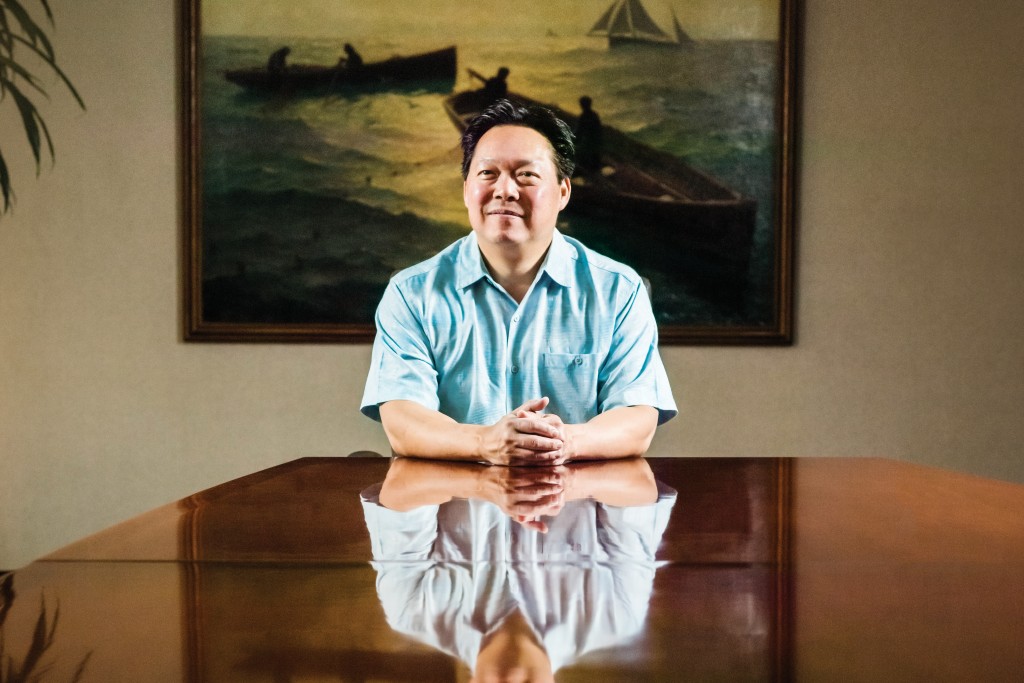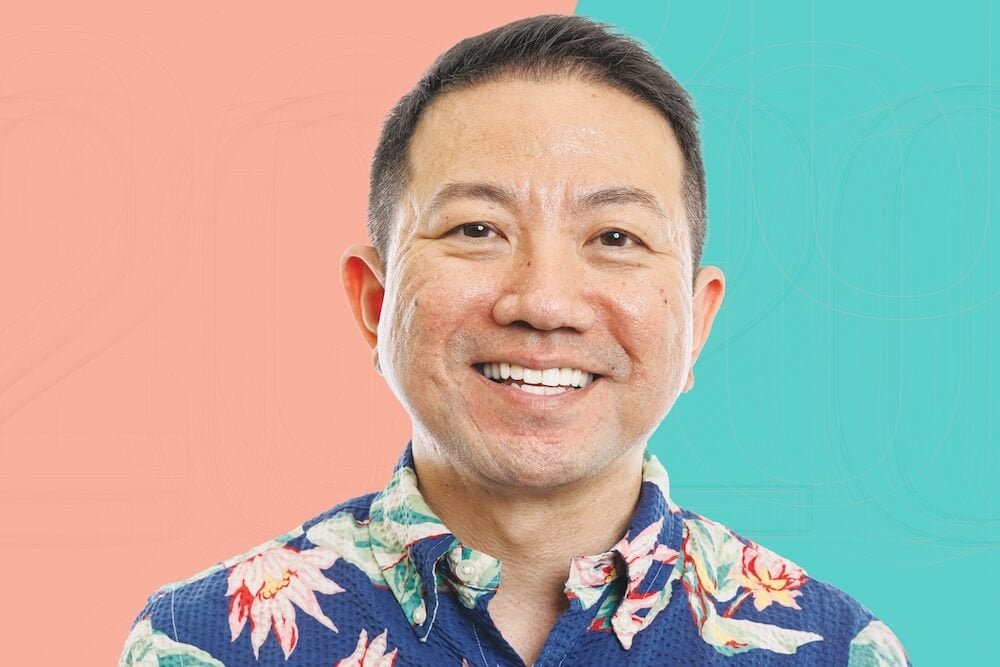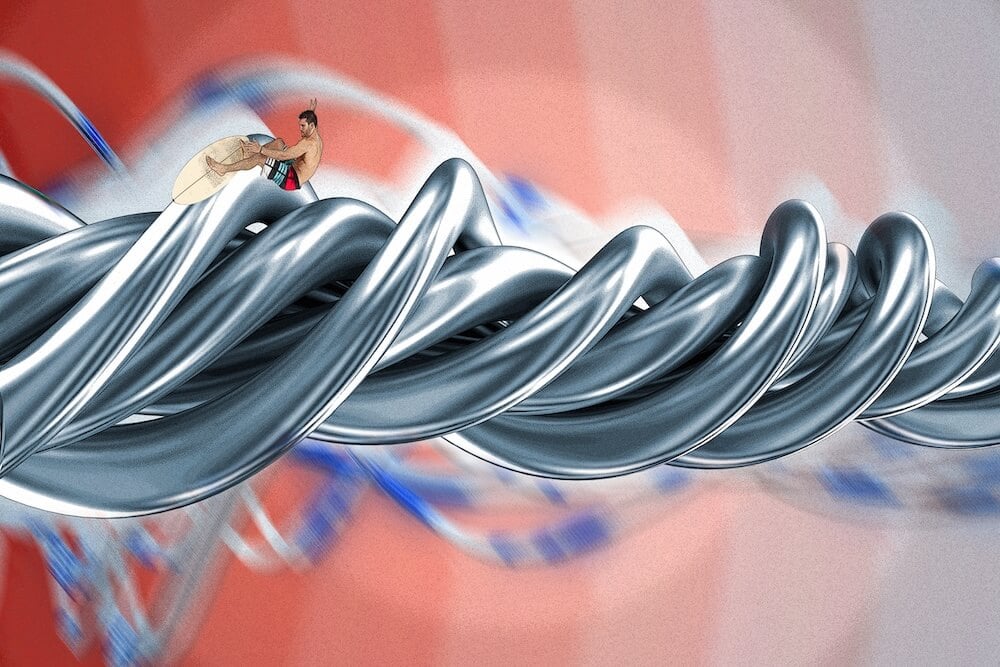Talk Story: Peter Ho

Even after six years at the helm of the state’s second largest bank, Ho is still a relatively young CEO, at age 50. However, he points out: “There are a lot of miles on the odometer.” We talk to him about Hawaii’s uncertain economic future and leading the bank through change.
Q: At a recent Hawaii Business roundtable, you seemed to describe a challenging future for the state as military spending wanes and the visitor industry seems maxed out. Are you pessimistic about Hawaii’s future?
A: I wouldn’t say I’m pessimistic; I’m concerned. Concern is when you feel as though something needs to happen. And I believe that’s true, because we’re mature as an economy, whether you’re talking about the defense industry, the visitor industry, or the construction industry. So growth will have to come from another engine, and we’re looking for that engine now.
But, I’m not pessimistic because I think that, strategically, Hawaii itself is a great asset, because it shows really well. We’re an American state in the middle of the Pacific, with a multicultural population in a beautiful place. That combination is really a category killer. We just have to figure out what to do with it.
Q: But haven’t we always talked rosily about this: Hawaii as the “gateway to the Pacific?” Why is it different now?
A: You’re absolutely right. I wouldn’t be an optimist if we didn’t have any resources. If we were just Brand X in the middle of Somewhere, U.S.A, without a lot of resources that are globally strategic, then I would be downright pessimistic. I’ll give you an example, though. My wife and kids and I were just in Sydney for a week – Sydney’s a gorgeous city, by the way – and we flew Hawaiian. When you get on Hawaiian Airlines, you know immediately that you’re on a different kind of airline. The service level has that warmth of Hawaiian culture. You feel that going down there, of course, but it’s coming back from Australia, which is a great place itself, you can tell you’re in a different culture. That’s one of the real assets Hawaii has: its culture. This is a different kind of place.
But you’re right. We need to execute on these assets and opportunities to ensure continued growth in the economy, which, by the way, has grown quite nicely over the past several years.
Q: But it’s grown on the familiar tripod of military, tourism and construction. Where’s that new growth going to come from? A lot of people talk about tech, but I recently read that Hawaii has the fewest patents per capita in the country.
A: I’m all for technology in Hawaii. But, when you think about it strategically, is Hawaii really the best place to incubate that kind of industry. It’s a bit of a question mark. You need vast educational resources, and you generally need a large population base to build that kind of industry. Plus, we’re an awfully long way from Silicon Valley, which is the epicenter of that industry. So, I’m not sure if technology is the answer.
But let’s think about the resources that we do have. We’re a very high cost of energy location. In some ways, that’s a subsidy for innovation around energy. We happen to be a location that lends itself incredibly well to solar, wind, ocean and geothermal energy sources. To me, that’s kind of interesting. We have a strategic advantage in that space, but how do you build it out? One of the challenges we have, as a community, is that maybe we could be accused of not being strategic in how we think about opportunities for the future.
Q: It is interesting that high energy costs might be an asset.
A: Yes. Who would have thought that your energy bill would be a resource? But it is. It really is a subsidy, because, in a perverse way, the more energy you can save, the higher your margin is.
So, when I say that the community has to think more strategically, I mean we have to ask, “What are the resources of these Islands? What can we harness from those resources to create opportunity for ourselves?” For example, in a world starved for better ways to consume energy, I think we have an advantage. The world is starved for ways to get along better with each other. Indigenous issues, multicultural issues and multiracial issues exist everywhere in the world. And I happen to think that Hawaii, by dint of its multi-ethnicity, is a place that has figured out those issues really well. So, that’s another asset we can think about when we try to figure out “What can Hawaii export?”
Q: How does a company like Bank of Hawaii deal with that mix of optimistic and pessimistic views of the future?
A: No. 1, it starts with the observation that none of us knows exactly what the future is going to be. You need to accept that to be able to sleep at night if you’re running a reasonable large organization. Second, we need to recognize that things will change. So, while we don’t know exactly how, we do need to state what those changes could be and what their likelihood is. When you look at the big drivers of change in the last 16 years – the internet, mobile, social media – they’ve dramatically changed how people consume products. They’ve changed how people shop, how they buy goods and services – it has transformed their daily routines. For us, when we think about how we can continue to be prosperous into the future, the answer has to do with how we conform to that reality.
For the most part, we’re still the same banking system today that we were 20 years ago. We’re largely branch oriented, which is a good thing, because we love our branches. But, as we move into the future, we’re going to have to become much more mobile savvy, online savvy, social-media savvy. These are all building blocks that we have underway. But to me, the secret to how do you meet the future successfully is that you have to anticipate and recognize that there will be change, and move forcefully and thoughtfully in that direction.






